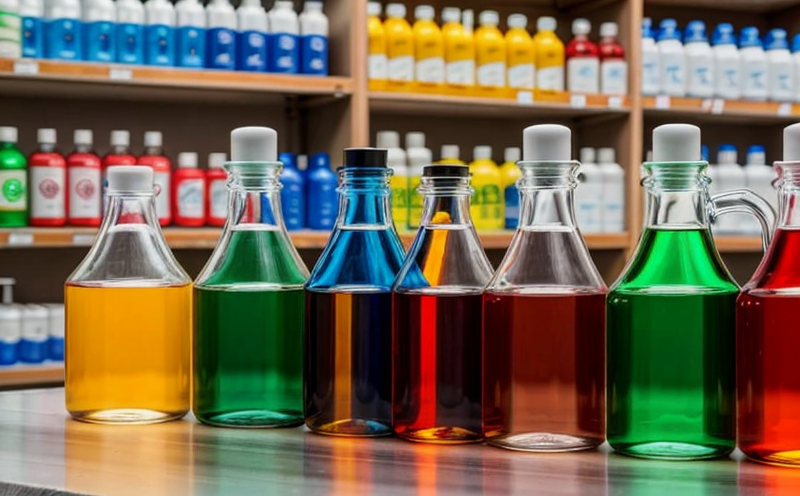Testing of biocides and preservatives in fabrics
The testing of biocides and preservatives in fabrics is a critical process that ensures the safety and quality of textile products. This service involves assessing the presence, concentration, and efficacy of these additives to prevent microbial growth, insect damage, and degradation due to environmental factors such as sunlight, humidity, and temperature. Biocides and preservatives play an essential role in extending fabric lifespan and maintaining hygiene standards.
The process begins with a thorough understanding of the textile composition, including fibers like cotton, polyester, polyamide, and blends thereof, which can vary significantly in their absorption properties for biocides and preservatives. Preparing specimens involves precise cutting and weighing to ensure consistent testing conditions across all samples. The chosen biocide or preservative is then applied to these specimens according to specific protocols that follow international standards such as ISO 17652-3:2014.
Testing methods include soaking the treated fabrics in standardized solutions for a set period, followed by extraction and analysis using quantitative techniques like high-performance liquid chromatography (HPLC) or gas chromatography-mass spectrometry (GC-MS). These analyses help determine not only the residual levels of biocides and preservatives but also their distribution within the fabric matrix. Compliance with regulatory limits set by organizations such as REACH, Oeko-Tex Standard 100, and California Proposition 65 is crucial.
The importance of this testing cannot be overstated in today's global market where stringent regulations govern the use of chemicals in consumer goods. By ensuring compliance, manufacturers protect their reputation and avoid costly legal issues. Additionally, reliable biocides and preservatives contribute to sustainable practices by reducing waste from fabric degradation and improving product performance.
Our laboratory employs state-of-the-art equipment and experienced personnel who adhere strictly to established protocols, guaranteeing accurate results that reflect real-world conditions accurately. This precision is vital in maintaining trust with clients across various industries including apparel manufacturing, home textiles, and industrial fabrics.





